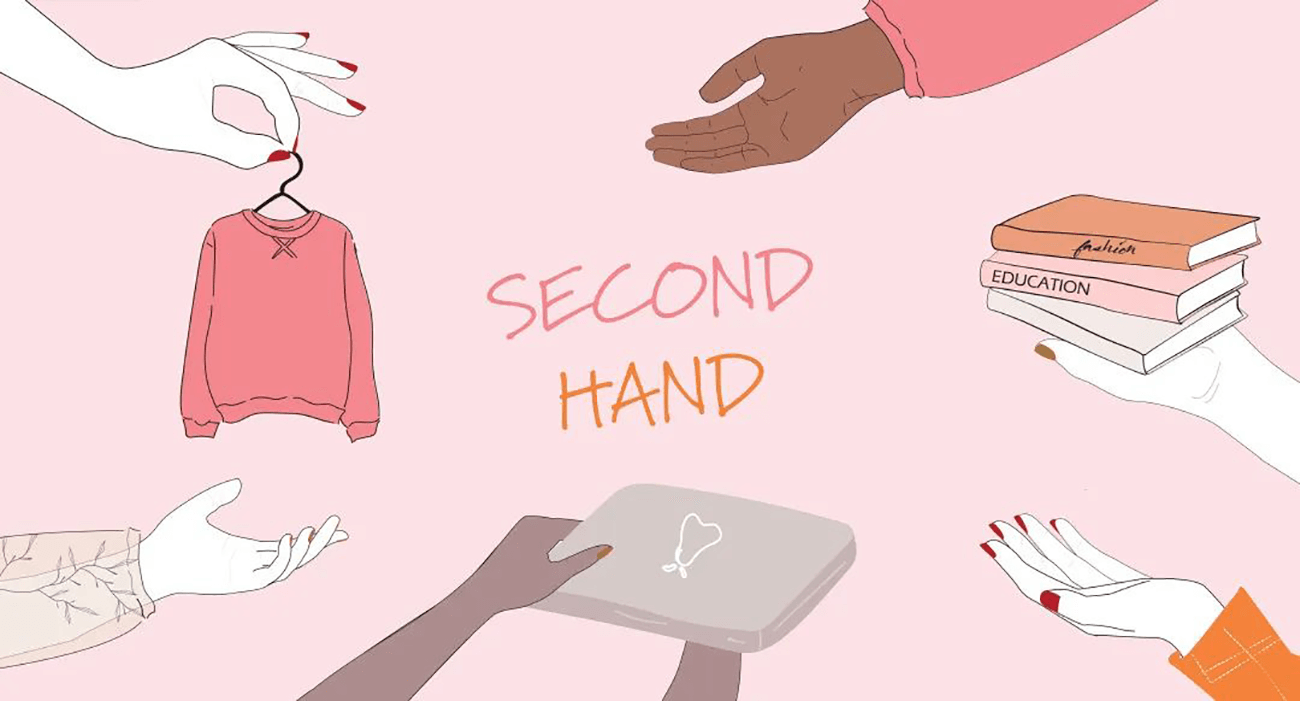
CHINA SECONDHAND LUXURY MARKET: THE NEW TREND AMONG YOUNG CONSUMERS
Beside a general sense of economic impossibility, according to Chinese tradition buying used goods embedded a negative significance in the past, since it was culturally believed that old items brought bad spirits with them. Nevertheless, this cultural belief has recently evolved leaving its space to a broad and new market sector to be explored.
As a matter of fact, since few years the secondhand market has experienced a significant growth in the country, especially in the Luxury business sector. As the Luxury industry continues to expand, registering an estimated amount of 73.6 billion dollars in 2021, so does the popularity of secondhand online platforms, where in the first quarter of the year more than 200 million users bought and sold secondhand products.
The increasing usage and development of reselling apps, like the Alibaba online platform Idle Fish, which registered 100 million MAU in August last year, can be considered as a big contributor to this phenomenon. These types of platforms strongly facilitated the re-selling experience for consumers, especially for younger generations which, after the pandemic, are increasingly jumping into this trend. What can be considered as a sustainable alternative to get away of old and not necessary items, has also acquired another type of significance for younger generations interested in the purchase of high-end products. Millennials and Gen Z consumer segment are in fact more willing to buy a luxury item in a short period of time, with fewer restrictions and at a lower price instead of waiting longer time for limited edition fashion products.
But what are the strong points secondhand luxury platforms are focusing on?
Lacking the feeling of exclusivity characterizing a first-hand purchase, reselling platforms are focusing on the service offered to their customers, guaranteeing a meaningful experience with interactive features like live streaming and influencers’ communities, beside a high-level of post-sale service. The authenticity of the products, which is often verified by third parties, can be furtherly authenticated thanks to social features like chats and forums, while location sharing increasingly facilitate the connection among users.
In line with the rising of circular economy, Chinese consumers are becoming more and more sophisticated, paying attention to wastage issues, and willing to give products a second life. Although this market segment has not reached its apex yet, China’s luxury secondhand market is expected to reach 154 billion dollars in the following years, witnessing the strong potential of this industry.






